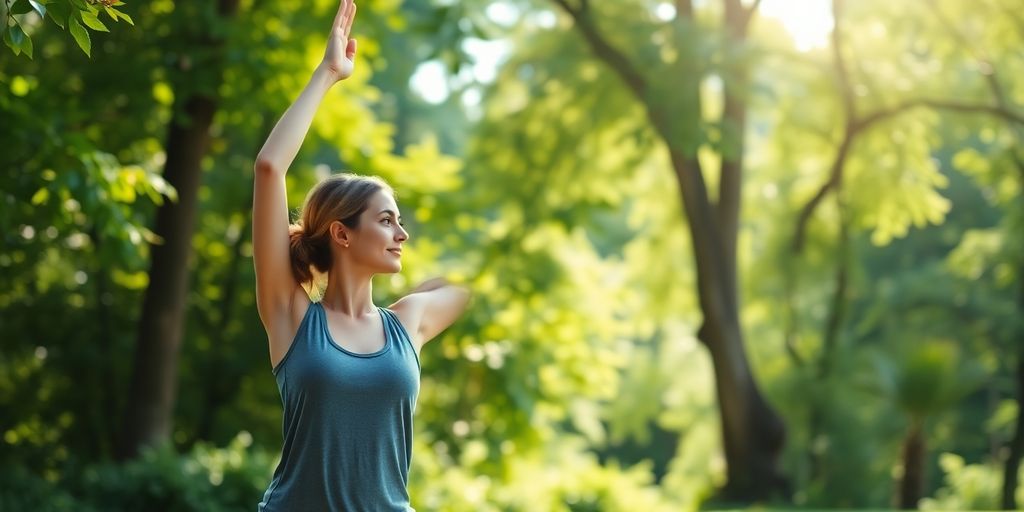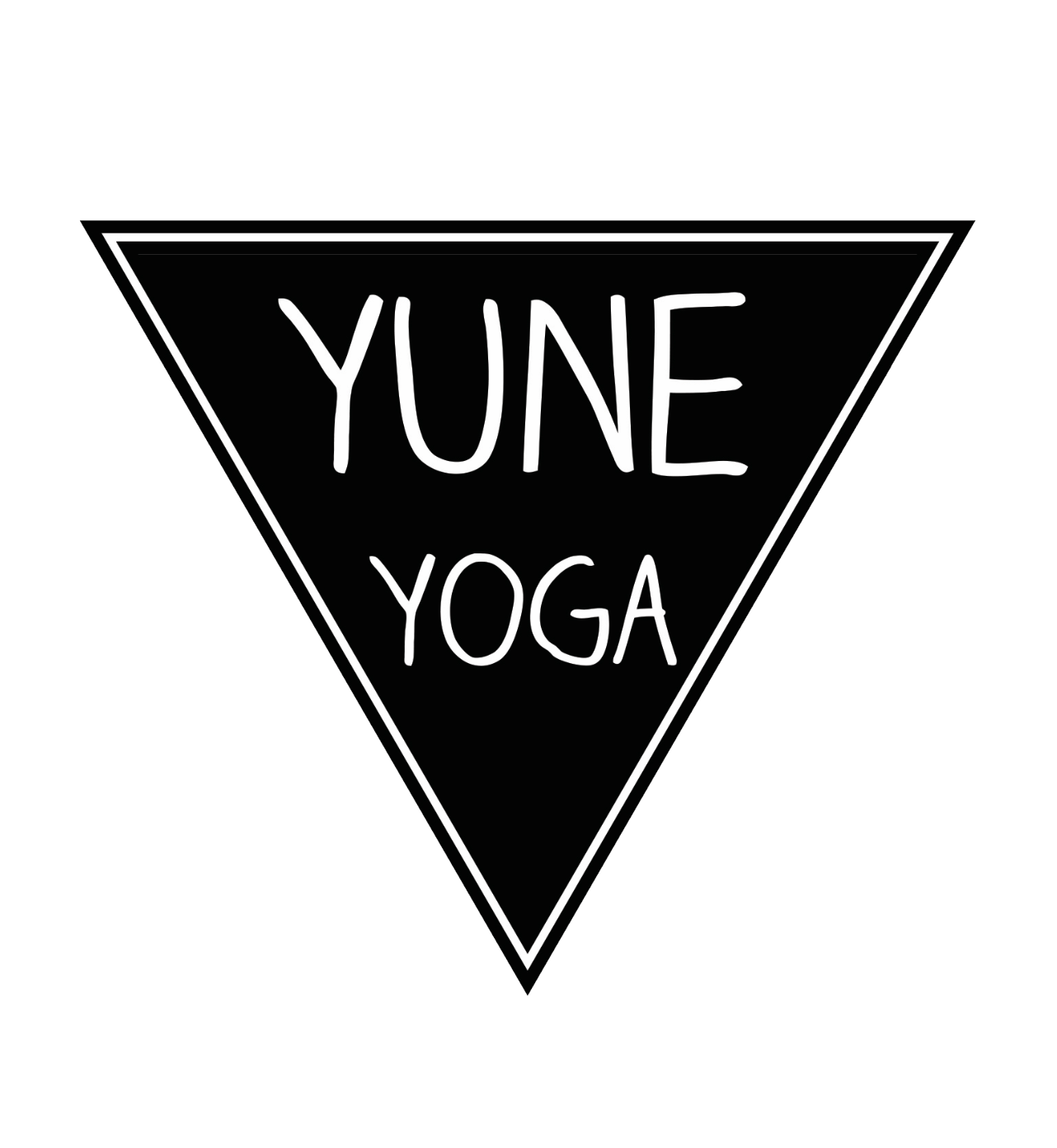
Unlock Your Potential: The Ultimate Guide to Yoga Training Teacher Certification in 2025
Thinking about becoming a yoga teacher? You're not alone! More people are drawn to yoga every day, and many want to share that passion. Getting certified as a yoga teacher is a fantastic way to dive deeper into your practice and help others along the way. In this guide, we’ll cover everything you need to know about yoga training teacher certification in 2025, from picking the right program to what to expect during training. Let’s get started!
Key Takeaways
- Choose a Yoga Alliance-certified program for global recognition.
- Find a style that matches your goals and interests.
- Focus on both physical practice and teaching methods in your training.
- Consider the training location to enhance your learning experience.
- Stay committed to your education after certification for ongoing growth.
Choosing The Right Yoga Training Teacher Certification
Finding the right yoga teacher training can feel overwhelming. There are so many options! It's important to take your time and do your research. The right certification program will set you up for success in your teaching journey. Think about what you want to get out of the training and what kind of teacher you want to be. This will help you narrow down your choices.
Understanding Certification Standards
When looking at yoga education programs, it's important to understand the different certification standards. Yoga Alliance is a big name, and many studios recognize their certifications. Getting a Yoga Alliance certification can help you get insurance and find work. But, there are other reputable organizations out there too. Look into what each certification requires and what it means for your teaching career. Some certifications might focus on specific styles of yoga, while others are more general.
Evaluating Program Reputation
Not all yoga teacher training programs are created equal. Do some digging to find out what other people are saying about the programs you're considering. Read reviews, talk to graduates, and see if you can sit in on a class. A program's reputation can tell you a lot about the quality of the instruction, the experience of the teachers, and the overall learning environment. Look for programs with experienced instructors who have a passion for master yoga poses.
Identifying Your Teaching Goals
Before you sign up for any training, take some time to think about your teaching goals. What kind of yoga do you want to teach? Who do you want to teach? Where do you want to teach? Are you looking to teach full-time, part-time, or just to deepen your own practice? Knowing your goals will help you choose a program that aligns with your vision. For example, if you want to teach Vinyasa Yoga certification, look for a program that specializes in that style.
Choosing the right yoga teacher training is a big decision. It's an investment in your future as a yoga teacher. Take your time, do your research, and trust your intuition. The right program will help you grow as a teacher and as a person.
Curriculum Insights For Yoga Training Teacher Programs

So, you're thinking about becoming a yoga teacher? Awesome! One of the biggest things to consider is what you'll actually learn in a yoga teacher training program. It's not just about perfecting your poses (though that's part of it!). Let's break down some key areas you'll likely encounter.
Yoga Philosophy and History
Okay, this might sound a little dry, but trust me, it's super interesting. You'll go way beyond just the physical stuff and get into the why behind yoga. Think ancient texts, spiritual principles, and how they all connect to modern practice. It's like getting the secret decoder ring to understand what yoga is really about. You might even find yourself quoting Patanjali at parties (don't worry, we won't judge).
Anatomy and Physiology
This is where you learn how the body works. Seriously. Muscles, bones, joints – the whole shebang. It's not just about avoiding injuries (though that's a big part), it's about understanding how each pose affects the body. You'll learn about safe alignment and how to help students with different body types and limitations. It's like becoming a yoga body mechanic!
Teaching Methodology and Sequencing
Alright, time to learn how to actually teach. This is where you'll learn how to structure a class, give clear instructions, and adjust poses for different levels. You'll also learn about sequencing – how to put poses together in a way that's safe, effective, and, well, makes sense. It's like learning the art of storytelling, but with yoga poses. You'll also learn how to create a welcoming space for everyone.
Think of it this way: the philosophy gives you the 'why', anatomy gives you the 'how', and teaching methodology gives you the 'what'. Put them all together, and you're well on your way to becoming a confident and knowledgeable yoga teacher.
Benefits Of Becoming A Certified Yoga Teacher
Transforming Lives Through Yoga
Okay, so you're thinking about becoming a certified yoga teacher? One of the biggest perks is the chance to actually change people's lives. Seriously! You're not just teaching poses; you're helping people manage stress, improve their physical health, and find a little more peace. It's pretty cool. You can transform lives by leading classes, workshops, and even retreats.
It's more than just a job; it's a way to give back and make a real difference in your community. Seeing your students grow and find their own strength and balance is incredibly rewarding.
Building Confidence and Skills
Let's be real, standing in front of a room full of people and guiding them through a yoga class takes guts. But the more you do it, the more confident you become. You'll learn how to cue effectively, adjust poses safely, and create a welcoming space for everyone. Plus, you'll deepen your own understanding of yoga, which is a win-win.
Here's a quick look at some skills you'll develop:
- Public speaking
- Class sequencing
- Anatomy knowledge
- Adjusting techniques
Creating New Revenue Streams
Okay, let's talk money. While becoming a yoga teacher isn't about getting rich, it can definitely open up new ways to make money. You can teach group classes, offer private sessions, run workshops, or even create online content. The possibilities are pretty endless. Yoga teachers can explore the corporate wellness industry, which often provides better pay and consistent work.
Here are some potential income streams:
- Studio classes: $25-$50 per class
- Private sessions: $60-$100 per hour
- Workshops: $50-$150 per participant
Exploring Different Yoga Styles In Teacher Training
Yoga isn't just one thing; it's a whole family of practices. When you're picking a yoga teacher training, it's important to know what's out there. Different styles have different vibes, and you want to find one that clicks with you. It's like choosing a major in college – you want something you're actually interested in!
Hatha Yoga Fundamentals
Hatha is like the granddaddy of modern yoga. It's generally slower-paced and focuses on holding poses for a longer time. Think of it as the foundation upon which many other styles are built. If you're new to yoga or prefer a more relaxed approach, Hatha is a great place to start. It emphasizes basic postures, breathing techniques, and meditation. It's all about building a solid base. A 200-hour program is a great starting point.
Vinyasa Flow Techniques
Vinyasa is where things get a little more dynamic. It's all about linking movement with breath, creating a flowing sequence of poses. It can be a pretty intense workout, but it's also a lot of fun. You'll often hear it called "flow yoga" because that's exactly what it is. It's creative, energetic, and a great way to build strength and flexibility. If you like to move and sweat, Vinyasa might be your jam. Many programs offer a blend of styles to help you find your teaching voice.
Ashtanga Yoga Structure
Ashtanga is a set series of poses that you do in the same order every time. It's a very structured and disciplined practice. It's physically demanding and requires a lot of commitment. But if you're looking for a consistent and challenging practice, Ashtanga could be a good fit. It's not for the faint of heart, but it can be incredibly rewarding. It's perfect for those who prefer structure and a traditional approach. Make sure the program is Yoga Alliance-certified.
Choosing a yoga style for teacher training is a personal decision. Consider what you enjoy practicing and what you want to teach. Each style offers unique benefits and challenges, so explore your options and find the one that resonates with you. Don't be afraid to try different classes and see what feels right. Ultimately, the best style is the one that inspires you to deepen your practice and share your love of yoga with others.
Preparing For Your Yoga Training Teacher Certification Exam
Okay, so you're nearing the end of your yoga teacher training – awesome! Now comes the part where you need to show what you've learned. The certification exam can seem daunting, but with the right prep, you'll be fine. It's all about knowing what to expect and putting in the work.
Study Tips and Resources
First things first: dedicate time to study. Don't cram the night before! Break down the material into manageable chunks. Review your notes from each module, and make sure you understand the key concepts.
Here's a few things that helped me:
- Flashcards: Great for memorizing poses, anatomy, and Sanskrit terms.
- Study Groups: Explaining concepts to others helps solidify your own understanding. Plus, you can gain the most trusted certification by learning from others.
- Practice Quizzes: Many training programs offer practice quizzes. Use them!
Don't just passively read your notes. Actively engage with the material. Try teaching the concepts to a friend, or create your own practice quizzes. The more you engage, the better you'll remember.
Practice Teaching Sessions
Theory is one thing, but teaching is another. The best way to prepare is to practice, practice, practice. Volunteer to teach friends, family, or even offer free classes at a local community center. Get comfortable with sequencing, cueing, and adjusting students. Pay attention to the feedback you receive and use it to improve your teaching style. This is where you'll really start to transform lives through yoga.
Understanding Exam Format
Know what to expect on the big day. Will it be written, practical, or both? What topics will be covered? Ask your instructors for details about the exam format and content. If it includes a practical teaching component, practice teaching in front of a mirror or record yourself to identify areas for improvement. Understanding the Vinyasa Yoga certification exam format can ease anxiety and boost confidence.
Here's a possible exam breakdown:
| Section | Description and the 200-hour yoga teacher training is a great way to prepare for the exam.
Finding The Best Location For Your Yoga Training

Choosing the right location for your yoga teacher training is a big deal. It's not just about where you'll be sleeping; it's about the whole experience. The environment can seriously impact how well you learn and grow during your training. Let's explore some key aspects to consider.
Urban Studios vs. Retreat Settings
Okay, so city or nature? That's the first question. Urban studios offer convenience. You've got easy access to everything – restaurants, shops, public transport. But they can also be distracting. Retreat settings, on the other hand, are all about immersion. Think quiet, peaceful, and focused. Here's a quick comparison:
| Feature | Urban Studio | Retreat Setting |
|---|---|---|
| Accessibility | Easy access to amenities | Often remote, limited access |
| Distractions | More distractions | Fewer distractions |
| Focus | Can be challenging to stay focused | Easier to fully immerse yourself |
| Accommodation | Usually self-arranged | Often included in the program cost |
Popular Destinations for Training
Some places are just yoga hotspots. Bali is a classic example. It's got a unique spiritual vibe, beautiful scenery, and tons of yoga schools. India, particularly Rishikesh, is another popular choice, known as the birthplace of yoga. Costa Rica is great if you want a beachy, eco-friendly experience. Each location offers something different, so do your research. Consider factors like climate, cost of living, and the specific yoga styles taught in each area.
Impact of Environment on Learning
The environment really does shape your learning. A peaceful, natural setting can help you connect more deeply with your practice. You're away from the stresses of daily life, which allows you to focus on your training. Plus, being surrounded by nature can be incredibly inspiring. On the other hand, an urban environment can expose you to a wider range of teaching styles and perspectives. It really depends on what you're looking for in your yoga teacher training experience.
Choosing the right location is about finding a place where you feel comfortable, inspired, and supported. It's about creating an environment that allows you to fully immerse yourself in your training and connect with your inner self. Think about what you need to thrive, and then find a location that aligns with those needs.
Continuing Education After Certification
So, you've got your yoga teacher certification! Congrats! But the learning doesn't stop there. Think of it as the end of the beginning. There's a whole world of yoga knowledge out there, and continuing education is how you keep growing, both as a teacher and as a practitioner. It's about staying fresh, inspired, and relevant in the yoga community. Plus, it's a great way to deepen your own practice and avoid burnout. Let's look at some ways to keep the momentum going.
Advanced Training Opportunities
Okay, so you've got your 200-hour certification. What's next? Well, there are tons of advanced training programs out there. Think of it like leveling up in a video game. You could go for a 300-hour certification to reach the 500-hour level, which opens up even more doors. Or, you could specialize in something like prenatal yoga, restorative yoga, or yoga for athletes. These advanced trainings let you really hone your skills and cater to specific populations.
- 300-Hour YTT
- Prenatal Yoga Certification
- Restorative Yoga Certification
Workshops and Retreats
Workshops and retreats are awesome for a few reasons. First, they're usually shorter and more focused than full-blown certifications, so they're easier to fit into your schedule. Second, they often bring in experienced teachers who are experts in their field. And third, they're a great way to connect with other yogis and build your community. Look for workshops on specific asanas, vinyasa flow techniques, philosophy, or even the business side of yoga.
Continuing education isn't just about ticking boxes. It's about staying curious, challenging yourself, and constantly evolving as a teacher. It's about bringing fresh energy and insights to your classes, and ultimately, providing a better experience for your students.
Building a Professional Network
Yoga can feel like a solo journey sometimes, but it's really all about community. Continuing education gives you chances to meet other teachers, studio owners, and experienced practitioners. These connections can lead to all sorts of opportunities – guest teaching spots, collaborations, mentorships, and even friendships. Don't be afraid to reach out, connect on social media, and attend local yoga events. A strong professional network can make a huge difference in your yoga career. Consider joining a yoga teacher training to expand your network.
Final Thoughts on Your Yoga Journey
So, there you have it! Getting your yoga teacher certification in 2025 can be a game-changer. It’s not just about learning poses; it’s about growing as a person and helping others do the same. Take your time to find the right program that fits your style and goals. Remember, this journey is all about you—your growth, your passion, and your ability to inspire others. Keep an open mind, stay curious, and don’t forget to enjoy the ride. Whether you’re teaching in a studio, a park, or even online, you’ll be making a difference. So, roll out that mat and get ready to share the gift of yoga!
Frequently Asked Questions
What is yoga teacher training?
Yoga teacher training is a program that teaches you how to become a yoga instructor. It covers yoga poses, teaching techniques, and the history of yoga.
How long does it take to become a certified yoga teacher?
Most yoga teacher training programs take about 200 hours to complete, which can take a few weeks to several months depending on the schedule.
Do I need to be an expert in yoga to start training?
No, you don't need to be an expert. Many programs welcome beginners who are passionate about yoga and want to learn.
What are the different styles of yoga I can learn?
You can learn various styles such as Hatha, Vinyasa, and Ashtanga. Each style has its own focus and techniques.
Can I teach yoga anywhere after getting certified?
Yes, once you are certified, you can teach yoga in studios, gyms, schools, or even privately. Your certification opens many doors.
What should I consider when choosing a training program?
Look for programs that are accredited, have good reviews, and match your teaching goals. The location and style of yoga offered are also important.

